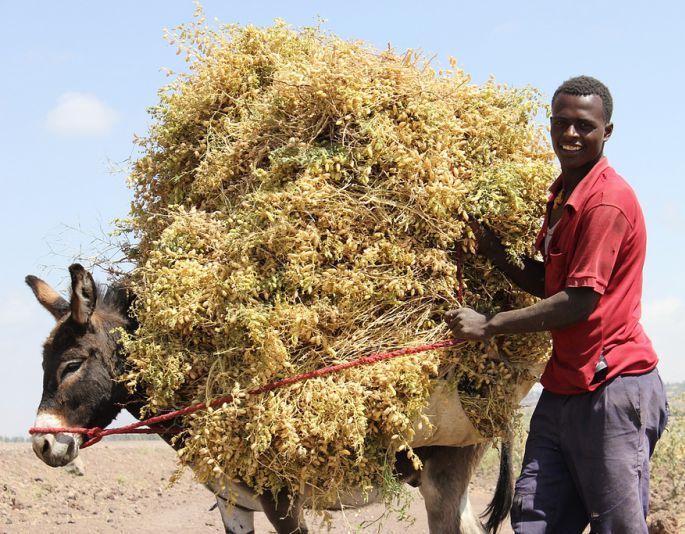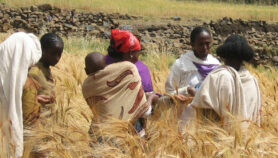By: Gilbert Nakweya
Send to a friend
The details you provide on this page will not be used to send unsolicited email, and will not be sold to a 3rd party. See privacy policy.
[NAIROBI] An initiative has been launched to promote the scale-up of innovative technologies for reducing post-harvest losses in Sub-Saharan Africa and help combat malnutrition, food insecurity and poverty.
Agricultural scientists and other experts at the launch last month (5 July) in Kenya say that the continent’s little investments in managing post-harvest losses is a major drawback to transforming Africa.
The experts note that Sub-Saharan Africa losses about 30 per cent of the grains produced owing to inadequate post-harvest management, lack of structured markets, inadequate storage in households and on farms, and limited processing capacity.
“We want to scale up innovations and technologies of post-harvest losses to help smallholder farmers reap benefits from their work.”
Anne Mbaabu, Alliance for a Green Revolution in Africa (AGRA)
This, they add, happens despite existence of innovative technologies developed by agricultural scientists and researchers across the continent to reduce such losses.
“Food loss is a large and urgent problem that presents a clear opportunity for impact,” says Rafael Flor, deputy regional director of Africa for Rockefeller Foundation.
Flor noted that 1.6 billion people globally could be fed with food lost yearly.
The three-year project that aims to reduce post-harvest loss of grains in Africa is being implemented by the Alliance for a Green Revolution in Africa (AGRA) with 2.7 million Canadian dollar (about US$2.1 million) from the Canada’s International Development Research Centre (IDRC).
Anne Mbaabu, head of markets and post-harvest management at AGRA, says: “We want to scale up innovations and technologies of post-harvest losses to help smallholder farmers reap benefits from their work.”
She explains that the initiative will increase awareness, accessibility and affordability of existing technologies such as threshers to 10,000 smallholder farmers in Botswana and Mozambique.
She adds that the initiative will then be rolled out to the rest of Sub-Saharan Africa. It will use field-tested innovations for reducing post-harvest loss of soya bean and cowpea to thousands of smallholder farmers in Mozambique and Burkina Faso respectively.
The experts say that partnerships between the private sector and governments are necessary to scale up the technologies.
“We are supporting this initiative because it promotes research that boosts local innovations and provides long- lasting solutions to food insecurity, poverty and malnutrition,” says Simon Carter, IDRC’s regional director for Africa.
Ambuko tells SciDev.Net that lack of clear data on post-harvest losses especially on grains hampers intervention efforts as researchers do not have a clear picture of the magnitude of the losses.
This piece was produced by SciDev.Net’s Sub-Saharan Africa English desk














